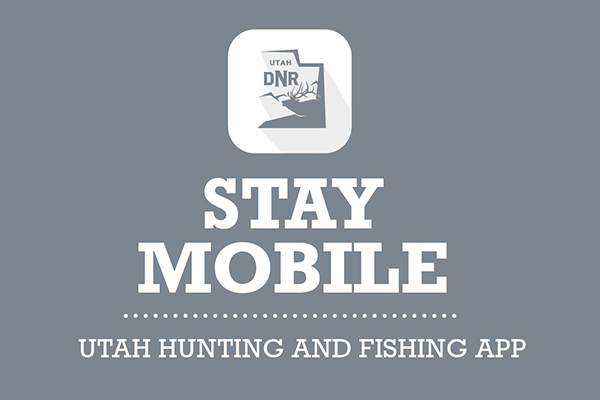Making a presentation to the RAC or Board
How you can get involved in the RAC & Wildlife Board public process
Your presentation should include two parts:
- An Introduction
- Thank the chair and members.
- State your name and title.
- State the name of the organization that you represent (don't use acronyms).
- Describe any written materials that you have or will furnish.
- Your message
- State your viewpoint first. ("I/We support/oppose etc.").
- Explain why. Illustrations and supporting information are helpful.
- Don't presume that RAC members understand the issue or proposal. Provide context and background.
- Please note that you have only three minutes to make your presentation.
- Due to time constraints, there will be no questions following your presentation. However, you should provide contact information so that RAC or Board members or the public can reach out to you later.
Four suggestions to enhance your testimony
- Know your audience
- The members of the committee are "normal people" with an interest in wildlife issues. In addition to their public service, they have full-time jobs. They are farmers, public employees, doctors, lawyers, homemakers, craftsmen, and a host of other occupations and professionals. They are a cross-section of Utah society.
- They are your neighbors and friends. Be courteous.
- Don't accuse committee members of causing your particular problem.
- Resist the temptation to scold, put down, or insult the decision-makers or other witnesses. This tactic will likely alienate them from your cause.
- Know the issue
- Support you personal opinions with clear, understandable facts.
- Be knowledgeable of the "other side of the story." You may be asked to discuss the differences.
- Draw from your own knowledge and experience.
- Be familiar with the committee process
- Know the meeting time and location. Meeting times and locations are found on the meeting agenda.
- Agendas are posted at least 24 hours in advance of the meeting.
- Check to make sure the issue you are following has not been removed from the agenda.
- Be aware that agenda items may not be heard in the order in which they appear.
- If possible, attend a committee meeting before you testify to become familiar with the process.
- Prepare your written testimony and oral presentation
- Give copies of your testimony to the committee members or staff before you begin your presentation.
- Begin your presentation by addressing the chairperson first, then members of the committee. "Chairman (woman) __________, members of the committee, etc."
- For the record, state your name, address, and the organization or group you represent.
- State your purpose for testifying. Do not read your testimony to the committee word for word. Prepare and outline.
- Be prepared to summarize you testimony in one minute — that may be all the time you are allowed.
- Thank the committee members and offer to answer any questions.
- When a member asks you a question, respond: "Chairman (woman) (use last name) or Mr./Ms. (last name), the answer to your question is..."
- Relax! The committee understands that this can be an intimidating experience — they don't expect a perfect presentation.

















